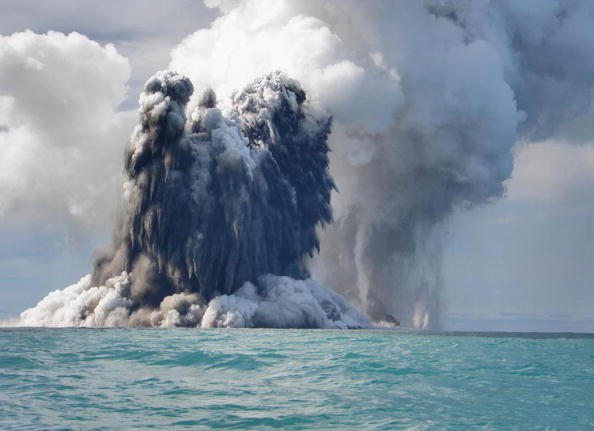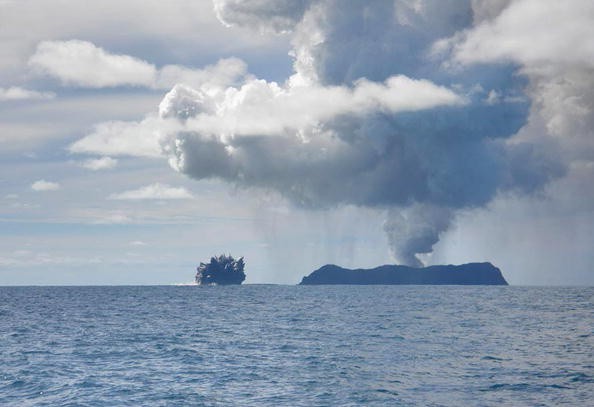The intensity of a recent volcanic eruption that happened in Tonga was unexpected. Submarine volcanologists were caught off guard since they were not able to predict an event that would unleash a Pacific-wide tsunami.

Instrument for Detecting Volcanic Eruptions
Researchers believe the blast could be one of the loudest on Earth since the eruption of Krakatoa in 1883, while an organization that monitors nuclear testing declared it the biggest thing they have ever seen.
The volcano had erupted a few times in the past few years, but they were small and only caused little disruption in the surrounding area. Since there was no prior notice of such a massive catastrophe, many people are now questioning if there are any additional dormant volcanoes lurking beneath the water.
Scientific instruments are used to research volcanoes and determine whether or not an eruption is imminent. Small earthquakes induced by magma movement can be detected using seismic instruments, while variations in gas concentration and temperature as magma rises from the depths can be monitored using sampling instruments and thermal cameras, according to The Conversation.
Most volcanic activity on Earth, however, takes place beneath the oceans. Over seventy-five percent of Earth's magma is thought to come from mid-ocean ridges, which can be found in every major ocean.
Submarine volcanoes are notoriously difficult to study because many of them are located far from land, making it impossible for scientists to see any changes using standard methods.
Also Read : Scientists: Disastrous Tonga Volcano Eruption 500 Times More Powerful Compared to Hiroshima
How Do Researchers Keep Track of Underwater Volcanoes?
Scientists have already installed equipment that monitors vibrations on the seabed, Phys.org reported. As with volcanoes on land, this research has helped disclose the seismic antecedents of an underwater eruption - the indicators that an eruption is impending. However, the cost of installing this technology is prohibitive, and it cannot be done everywhere.
Temperature changes on the volcanic surface can indicate an approaching eruption. These are more difficult to find in undersea volcanoes.
Submarine volcano heat signatures can only be seen at the sea surface if the volcano is already spouting hot lava and is in shallow water. It's too late for anyone to be warned at this time. These are best viewed from a distance to get the full picture. It's a complete nonstarter.

Space-Based Volcanic Surveillance
Scientists are able to monitor large swaths of the ocean surface thanks to satellite images. Submarine eruptions, which may otherwise go unreported, have been linked to floating rafts of pumice by scientists on several instances, Yahoo News indicates.
However, this only enables researchers to identify eruptions after they have occurred - it does not allow them to keep up with undersea volcanoes.
To learn more about a long-observed phenomena near the island of Ijima near undersea volcanoes in the early 1990s, Japanese scientists turned their attention to the area. Precipitates of silicon, iron and aluminium oxides generated by underwater volcanic activity were shown to be the culprit.
After further investigation, it was found that iron precipitates give a yellow-brown tint, while aluminum or silicon precipitates produce a white color.
Submarine eruptions on the Japanese volcanic island of Nishinoshima prompted scientists to reassess their previous findings. Photographs taken from space show that the water takes on a variety of hues based on the amount of silicon, iron, and aluminum present.
Researchers discovered that about a month prior to a submarine volcanic eruption in Japan, the color of the ocean started to change, suggesting that there could be a change in ocean colour before underwater volcanic activity.
For more news, updates about underwater volcanoes and similar topics don't forget to follow Nature World News!
© 2025 NatureWorldNews.com All rights reserved. Do not reproduce without permission.





